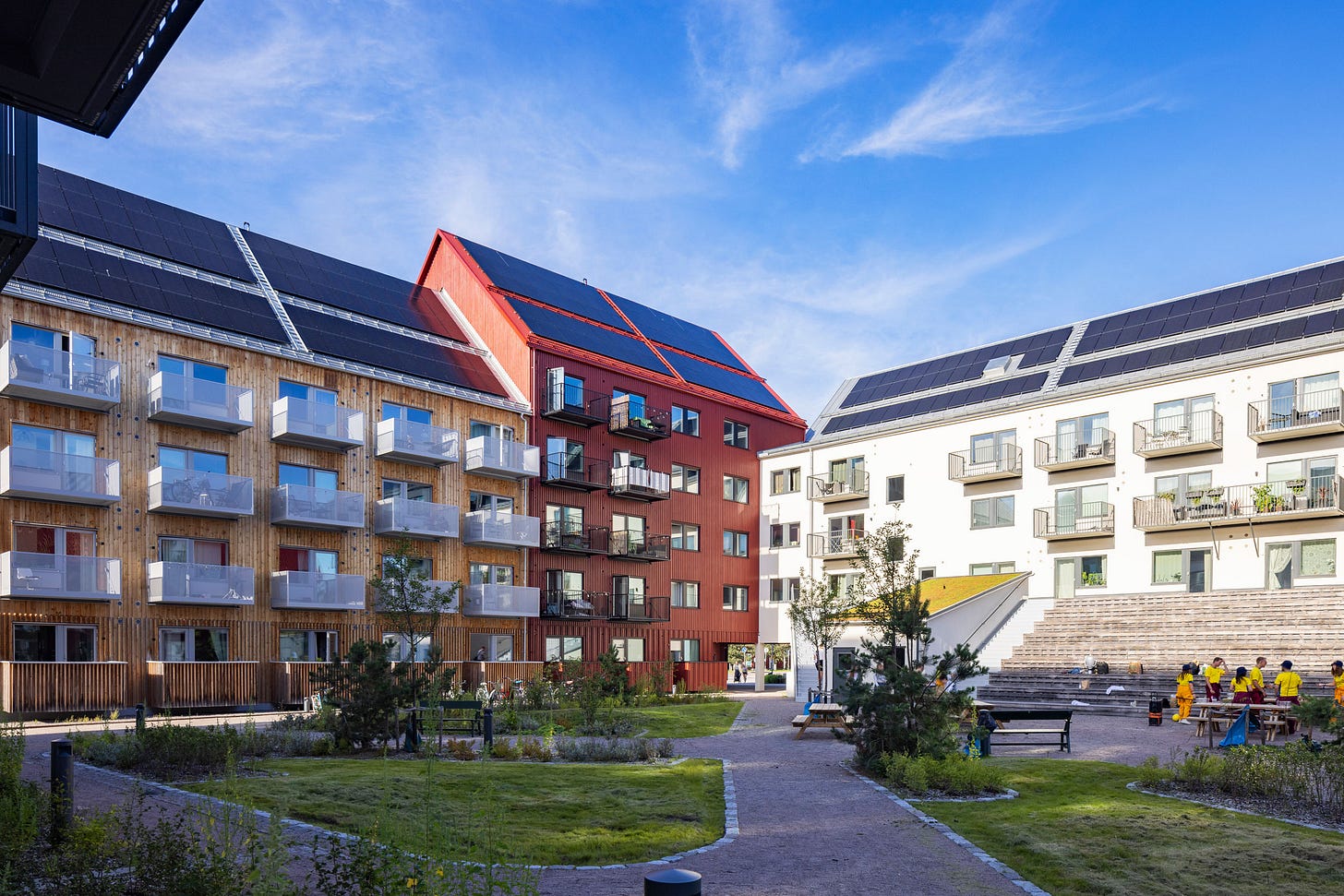#1 K2A a company trading at 0.19x P/B with a clear catalyst
Interest rates and debt maturity, the nightmare of real estate companies
Before proceeding, If you’re thinking about signing up for Seeking Alpha, you can do it through this link: Seeking Alpha. It helps me keep writing content like this—thank you for the support!
Overview:
K2A Knaust & Andersson Fastigheter AB is a leading real estate company in Sweden, specializing in the development and management of environmentally certifi…




